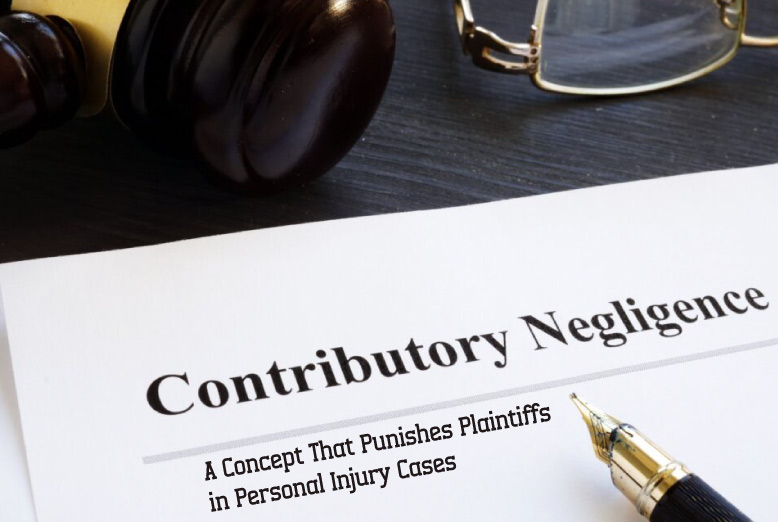Personal injury law revolves around the concept of negligence, where one party’s carelessness leads to another’s injury. But what happens when the injured person also acts negligently in a way that contributes to their own harm? This is where the legal doctrine of contributory negligence comes in.
Contributory negligence is a defense strategy employed by defendants in personal injury lawsuits. It argues that the plaintiff, the person who suffered the injury, bears some portion of the blame for the accident. This reduces the defendant’s liability, or even eliminates it entirely, depending on the specific jurisdiction.
If you need legal assistance in personal injury matters, consider consulting experts like Steven A. Bagen & Associates, PA, who can provide guidance and representation tailored to your needs.
Understanding the Standard of Care
The core principle of contributory negligence lies in the concept of a “reasonable person.” In a negligence lawsuit, the plaintiff must establish that the defendant breached a duty of care owed to them. This duty refers to the standard of behavior expected from a person in a similar situation.
For instance, drivers have a duty to obey traffic laws and operate their vehicles with caution. Pedestrians have a duty to use crosswalks and be aware of their surroundings.
Contributory negligence comes into play when the plaintiff’s own actions fall below this standard of care and contribute to their injury. Imagine a scenario where a pedestrian jaywalks across a busy street without looking and is struck by a car that was speeding. While the driver was clearly negligent, the pedestrian’s decision to jaywalk could also be considered a reason for the accident.
The Impact of Contributory Negligence
The way contributory negligence affects a lawsuit varies depending on the state. Here are two main approaches:
- Pure Contributory Negligence: This is a strict, all-or-nothing system. If the plaintiff is found to be even 1% responsible for their own injury, they are barred from recovering any damages from the defendant. This can be a harsh outcome for plaintiffs with seemingly minor contributions to the accident.
- Comparative Negligence: This more common approach allows the plaintiff to recover damages, but the amount awarded is reduced based on their percentage of fault. For example, if a jury finds the plaintiff 30% at fault, the compensation awarded would be reduced by 30%.

Importance of Consulting an Attorney
Contributory negligence is a complex legal doctrine with significant implications. If you have been injured due to someone else’s negligence, consulting a qualified personal injury attorney is crucial.
An attorney can assess the facts of your case, determine the applicable contributory negligence standard in your state, and advise you on the best course of action. They can also negotiate with the defendant’s insurance company or represent you in court, if necessary.
By understanding contributory negligence and its potential impact, you can make informed decisions about pursuing compensation for your injuries. Remember, the law varies from state to state, so seeking legal advice tailored to your specific situation is essential.
Criticisms and Potential Reforms of Contributory Negligence
The contributory negligence doctrine has faced criticism for being overly harsh on plaintiffs, particularly in pure contributory negligence states. Here are some of the main arguments against it:
- All-or-nothing approach can be unfair: Even minor negligence on the part of the plaintiff can completely bar their recovery, regardless of the severity of the defendant’s actions. This can leave injured individuals struggling to cope with medical bills and lost wages.
- Discourages safety measures: If someone hesitates to take safety precautions, it might be construed as contributory negligence, which undermines overall safety efforts.
- Focuses on blame rather than fairness: The focus on who is more to blame can overshadow the core issue – the defendant’s breach of duty that caused the injury.
In response to these criticisms, many states have adopted modified comparative negligence systems. These allow for a fairer distribution of liability based on the fault of each party. This approach encourages shared responsibility and ensures that plaintiffs are not completely shut out from recovering compensation for their injuries, even if they were partially at fault.
While contributory negligence remains the law in a handful of states, the trend is clearly towards a more balanced approach.
Also Read: On the Fence About Hiring a Car Accident Lawyer? Here’s an Article to Convince You




















